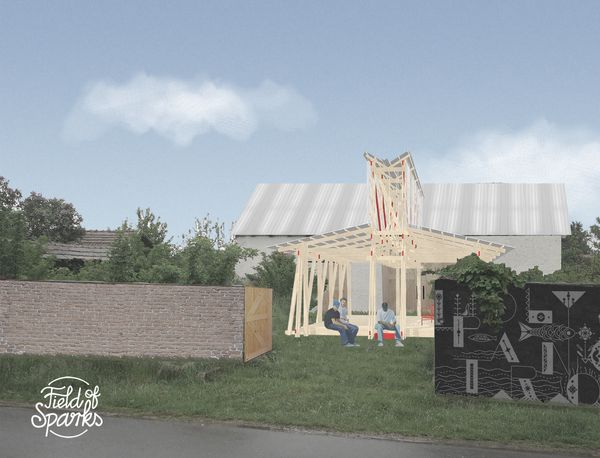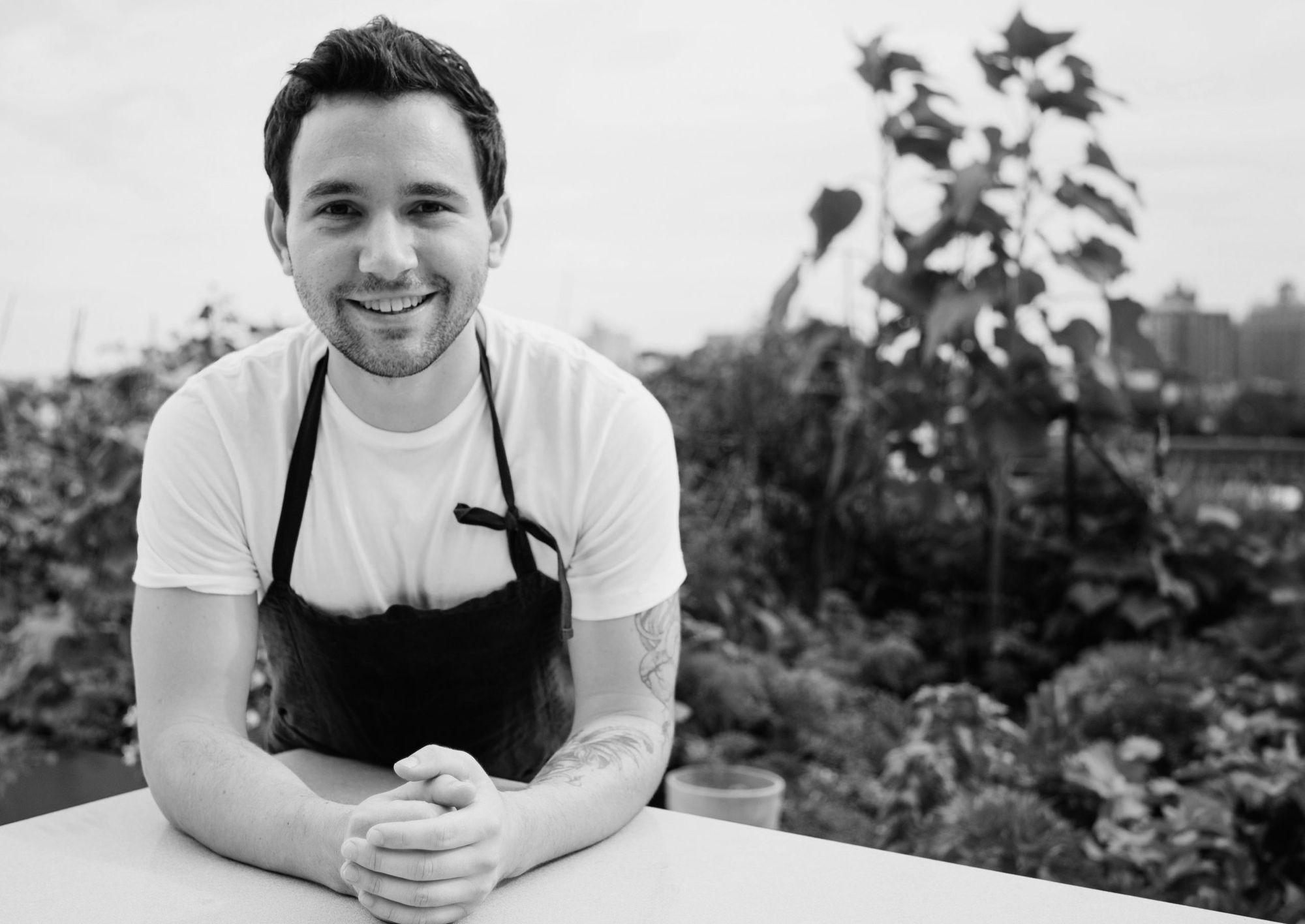Even as a child, this young chef could not be shooed away from by the stove – Jeremy Salamon, born in South Florida, inherited his love of cooking from his grandmother, Agi, who fled Hungary in the ’50s to the West, and rebuilt her life from scratch. He didn’t delve deeper into his Hungarian roots for a long time and moved to New York as an adult to become a chef, train at the Culinary Institute of America, and then gain experience at various first-class restaurants (Prune, The Eddy, Wallflower). This interview was published in print in Hype&Hyper 2021/1.
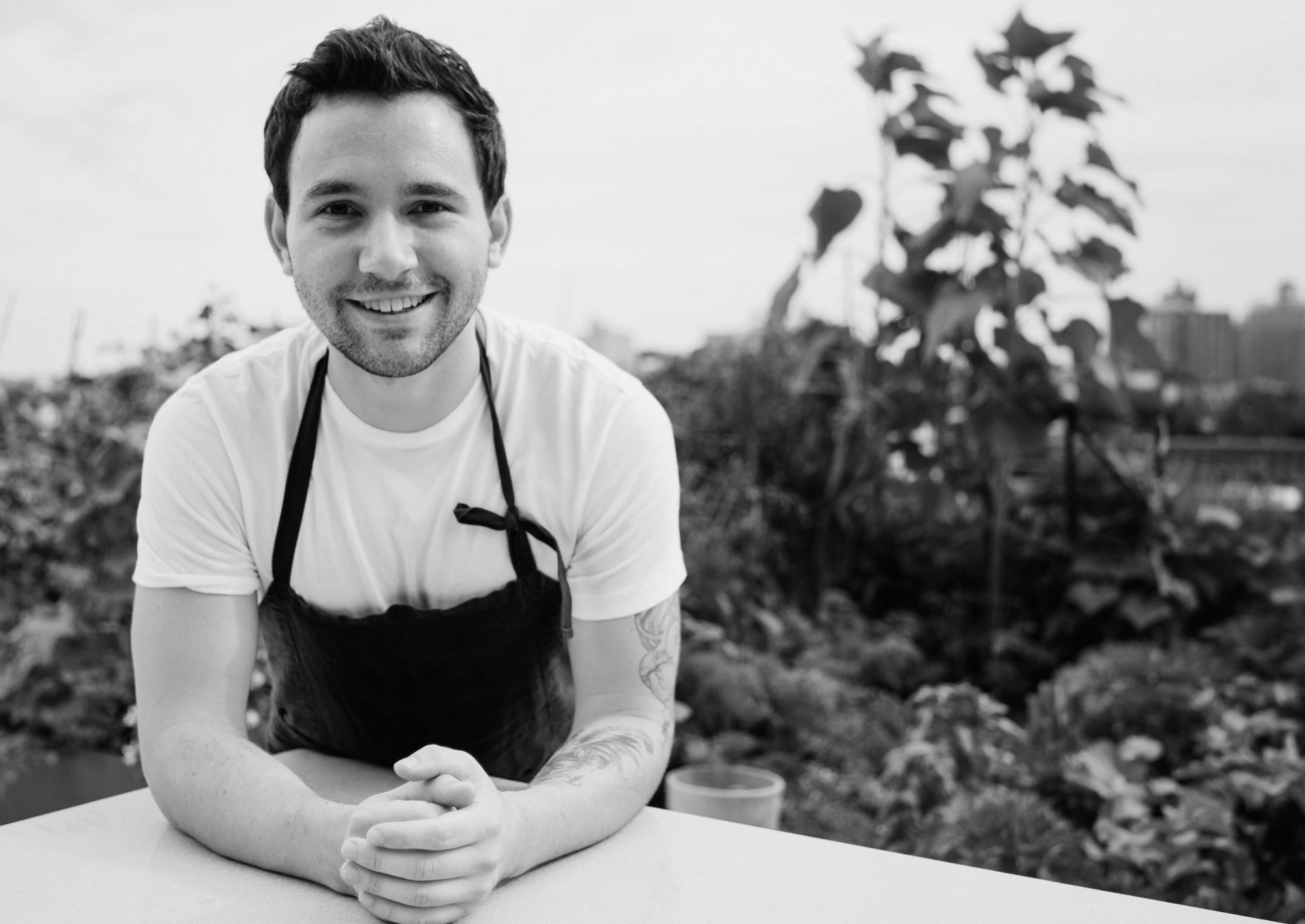
The past, however, has caught up with him, and Jeremy fell head over heels in love with the simple yet rich dishes of Hungarian cuisine. All this is partly thanks to a book by Hungarian-born gastronomist George Lang, The Cuisine of Hungary, which Salamon stumbled upon in a bookstore by accident. After visiting his relatives living in Hungary, he launched a pop-up dinner series called Fond, where he presented the gems of Hungarian gastronomy. These evenings, enjoying great interest, fueled his inspiration further, and after a long period of planning, an enchanting little shop and bistro was born in Brooklyn thanks to a Kickstarter campaign: Agi’s showcases reimagined Eastern European and Jewish dishes and deli products with a homey vibe permeating its walls. He told us about his culinary journey and how he opened Agi’s.
H&H: You are a chef, an entrepreneur, a cookbook author, a culinary adventurer. How would you present yourself to our readers?
J.S.: Well, I would say that first and foremost I’m a cook. My occupation is a chef but at my core I’m a cook – that’s how I started out. I enjoy entertaining and feeding others. If I didn’t have that I wouldn’t be any of the other things.
What is your “culinary story”? How did you become a professional chef?
To be honest, I’m not entirely sure why I became a chef. I believe it might have had something to do with dinner parties. My mother and both of my grandmothers would throw really fabulous dinners… Sometimes just for the sake of having one. I felt that was some sort of superpower – to be able to bring loved ones together over food and conversation. I wanted that.

You named your restaurant after your grandmother, Agi (Ágnes). Do you have any momentous memories about her, which you’d like to tell us about?
When I picture my grandmother, I tend to think of her sitting in a chair, but in a way that you know she owns the room. She’s been like that my whole life, owning the room. Agi is always in control, opinionated but also full of humor. She fled Hungary during the 1956 revolution with nothing but a winter coat and lemons stuffed into the pockets. She escaped to Austria after having trudged through a river and living off lemons for several days. She still has that strength in her even at 93 years of age. She also still keeps a good bottle of cognac in the cupboard and drinks coffee religiously.
What were your most important impressions about Hungarian and Eastern European cuisine?
Growing up, Hungarian cuisine was not presented to me in a very traditional way. That was because my grandmother’s perception of Hungarian food had become so Americanized over time. It was a mixture of goulash but served with spaghetti or rántott hús with a side of meatloaf. It wasn’t until I traveled to Hungary in my teens that I came to realize that Hungarian food is very much “grandma food”. It’s comforting, warm and familiar.
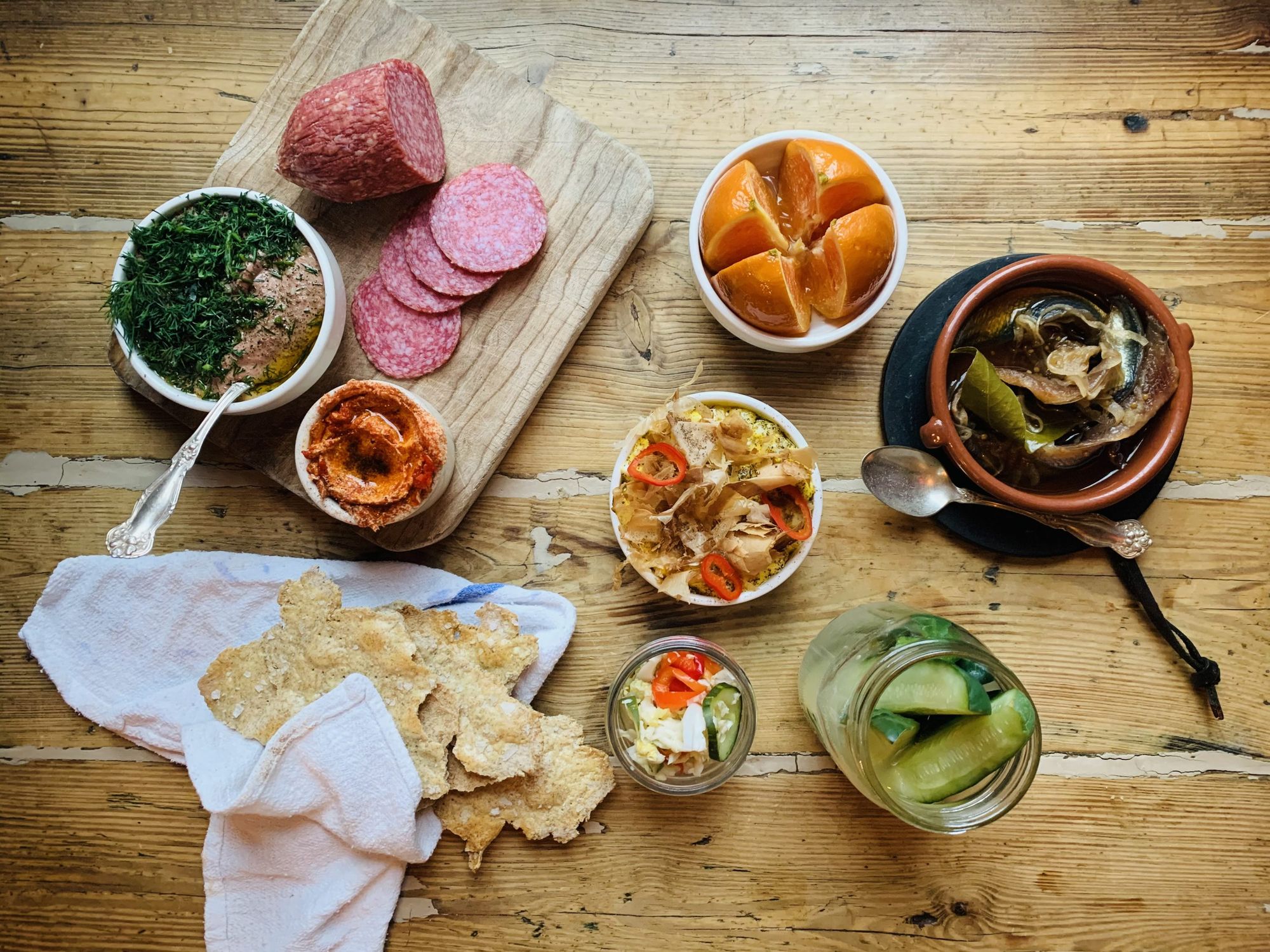
In 2017, you created a Hungarian pop-up dinner series called Fond. What was your main reason to do so?
I created Fond to explore Eastern European cuisine in a different light. How do all the heavy, meat-centric soups and stews look like cooked with vegetables only? What if stuffed cabbage wasn’t stuffed with meat? I know, sacrilegious! I’m not a vegetarian and I respect traditional preparations, but I wanted to find a way to showcase this beautiful food to a new generation.
After that, you returned to the restaurant Eddy with this brand new concept. This was a big platform for presenting your recipes – how did guests respond?
When I launched this concept through The Eddy, there was a positive outpouring from a younger generation that related to this food because of their grandparents. They automatically got what I was trying to do and that was really exciting! However, the older generation had its opinions. It was mixed. I once was reprimanded in the middle of the dining room at The Eddy by an older Hungarian woman. She informed me how disrespectful I was to my grandparents by altering the food of their homeland and would never dine there again. She was really lovely.
Your website says that the menu is based on the fusion of Eastern European and Jewish dishes. Which recipes do you have in your mind? Do you want to reflect the old or create something new? What are the elements of your interpretation?
The food at Agi’s is my interpretation of Jewish / Eastern European cuisine. It’s the way I like to eat mixed with a bit of both my grandmothers. I love utilizing a variety of grains and herbs. I’m working on a sour cream coffee cake but made with rye flour, chocolate and ground bay leaf. On the other hand, I plan to feature a cake of the week – showcasing classic cakes like Dobos, Puncstorta and Eszterházy.
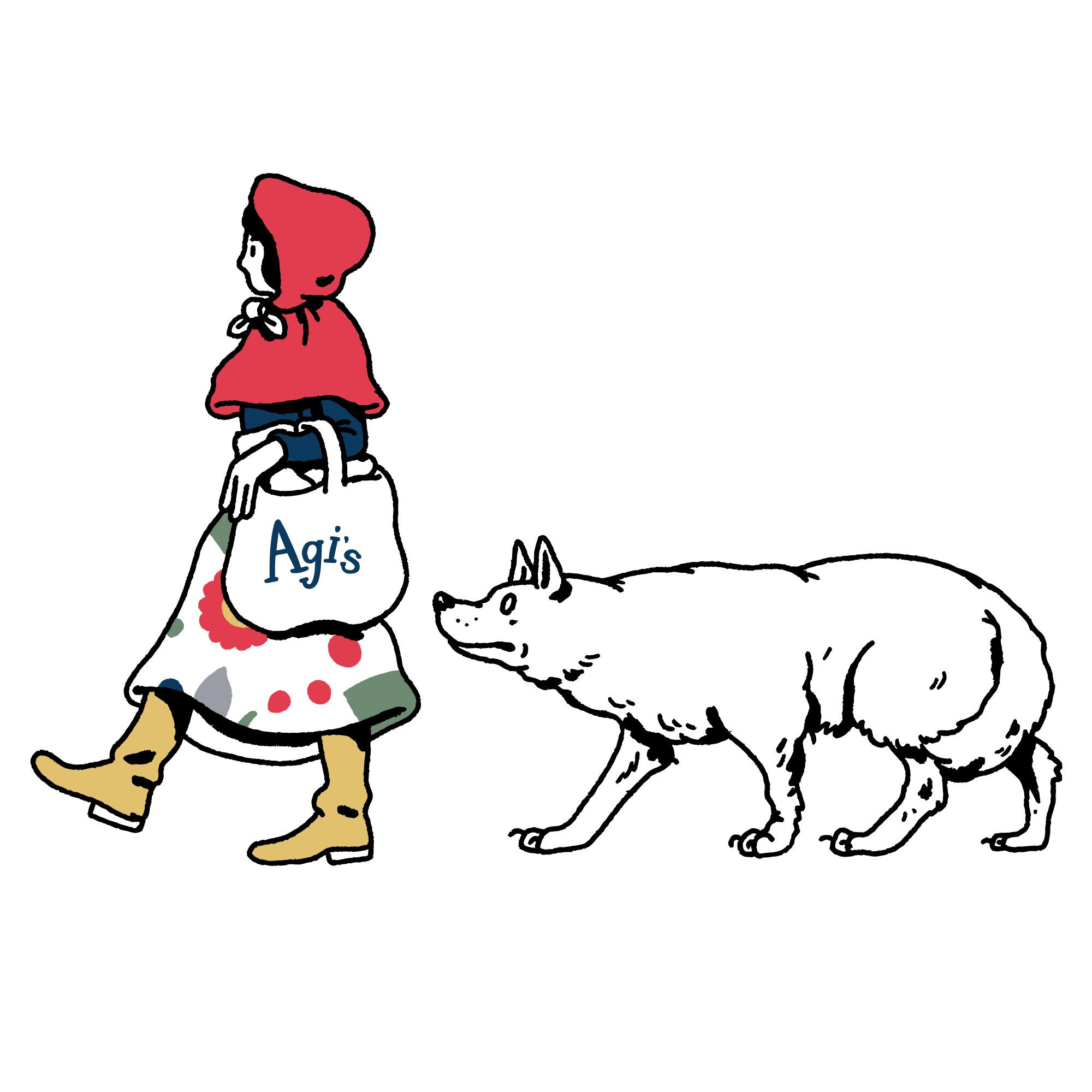
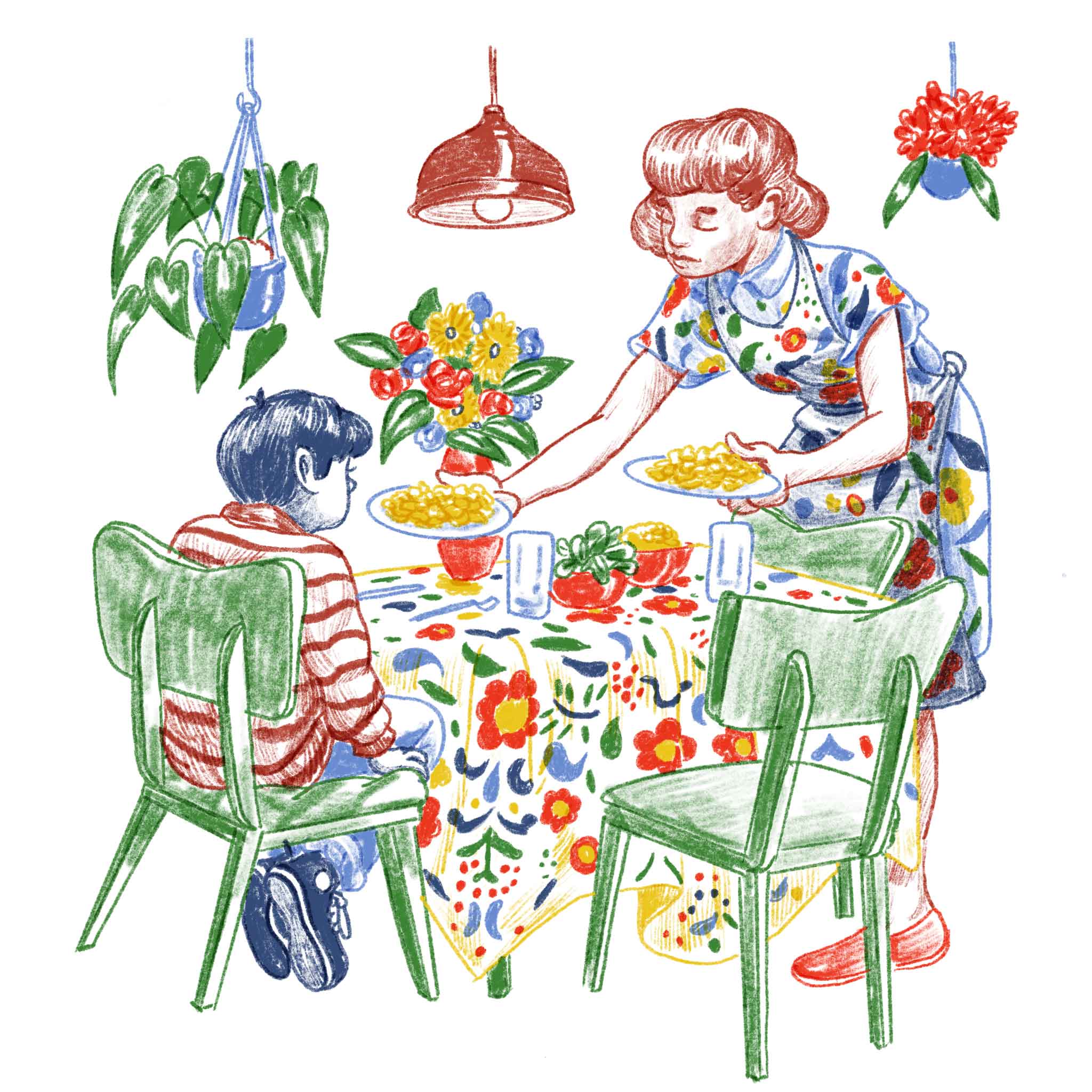
Besides dishes, the look of the dining space is also crucial. How will the interior display Agi’s personality or your ideas?
The interior of Agi’s will feel comforting and familiar. It will be mostly neutral in color but have pops of grandma Agi through the floral imagery in the china, sconces and greenery.
We are currently facing the coronavirus, which makes everything harder. This, of course, can turn any plan upside down, but what would be the ideal method of operation, and what is possible currently? Takeaway, sit-down?
At the moment, we’re a pop-up – roaming around from one vacant space to another until we have found a more permanent home. The hope is to offer both delivery and take-out in addition to finding a space with a backyard for outside seating. Hopefully, by the time this is published, we will be open or close to opening! By that time, more people will likely have been vaccinated and it won’t be so cold and dreary here in New York. If the city allows it by then, I might be more inclined to open for limited indoor seating.
Last but not least: what’s your favorite Hungarian dish? Or maybe a dish you’ve never understood?
My favorite Hungarian dish is halászlé. I love a good fish soup, and this is the perfect example. It’s such a beautiful deep ruby red and the flavor is so unique that I can’t think of an American comparison. I could dip bread in it all day long and never get tired. I’ve never looked at a Hungarian dish and questioned it! If I had to choose, I would say that stefánia vagdalt is not my favorite, but maybe I haven’t had it prepared the right way.

Stuffed Cabbage
(Makes 12-15 cabbage rolls)
For the cabbage
2 heads savoy cabbage, peeled
For the filling
1 cup breadcrumbs (plus a little extra)
2 cup pecans, chopped
2/3 cup cooked rice
1 small onion, minced
1,5 cup milk
3 eggs, beaten
1 tbsp sage, chopped
1 tbsp parsley, chopped
2 cloves of garlic, grated
Pinch of crushed dried thyme
Salt to taste
To finish
¼ cup vegetable oil, for searing
Tomato sauce, warmed
Good extra-virgin olive oil, for garnish
Dill and parsley, chopped for garnish
Preheat the oven to 350°F (175 °C).
1. For the cabbage, place a large pot of salted water on the stove and bring to a boil. Keep a large ice bath close to the pot. Carefully blanch each leaf of cabbage (5 at a time) for 1 minute. Using tongs, carefully remove the cabbage leaves from the pot, and immediately shock them in the ice bath.
Repeat with the remaining leaves. Once all the leaves have been blanched and shocked, gently squeeze each leaf to drain the excess water it has absorbed. Transfer to a large cutting board.
2. With a small paring knife, cut the fibrous stem out from each leaf of cabbage and discard it. For the filling, mix all ingredients together by hand in a large bowl, add more breadcrumbs to thicken if necessary. Don’t make it too dry, but you don’t want any unbound liquid running around either.
3. On a large cutting board, take one cabbage leaf at a time and lay it flat. Using wet hands, place a small amount of filling towards the rounded edge of the blanched cabbage and roll like a burrito, making sure to tuck in the sides.
4. Add the vegetable oil to a large cast iron skillet and set it over high heat. Sear the cabbage rolls seam-side down. A little char is a good thing! Turn them occasionally to get each side. Continue to sear in batches. Transfer stuffed cabbage to a baking dish and bake in the oven to finish cooking the inside for 30 minutes.
5. Transfer to a large platter and finish with your favorite tomato sauce, chopped herbs and a good drizzle of olive oil.
Look for Jeremy’s Walnut Spelt Cake recipe in Hype&Hyper magazine!

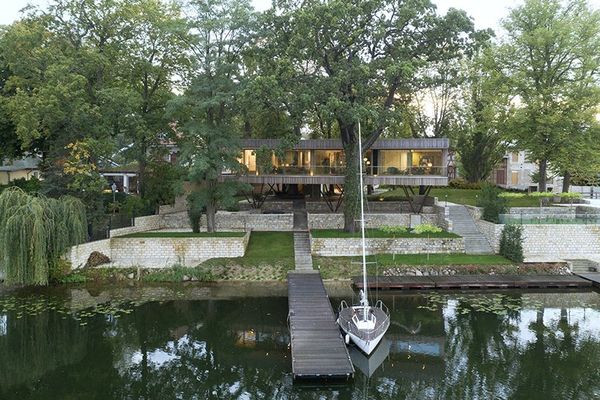
Timber house blending into nature on Potsdam lakeside

Hide your bike with style!
